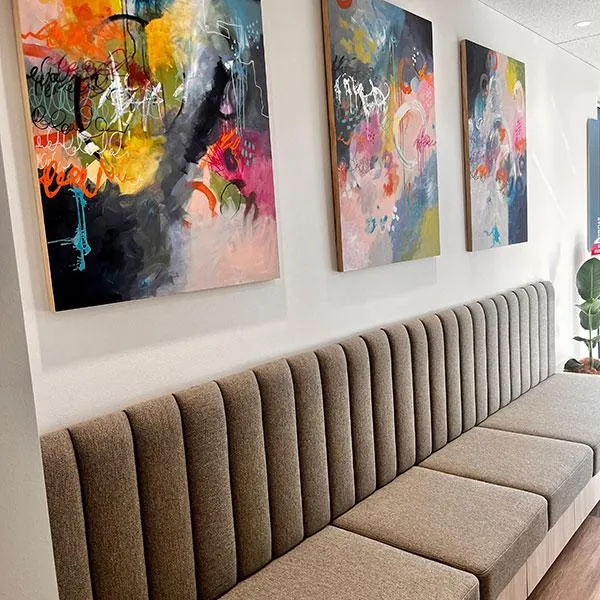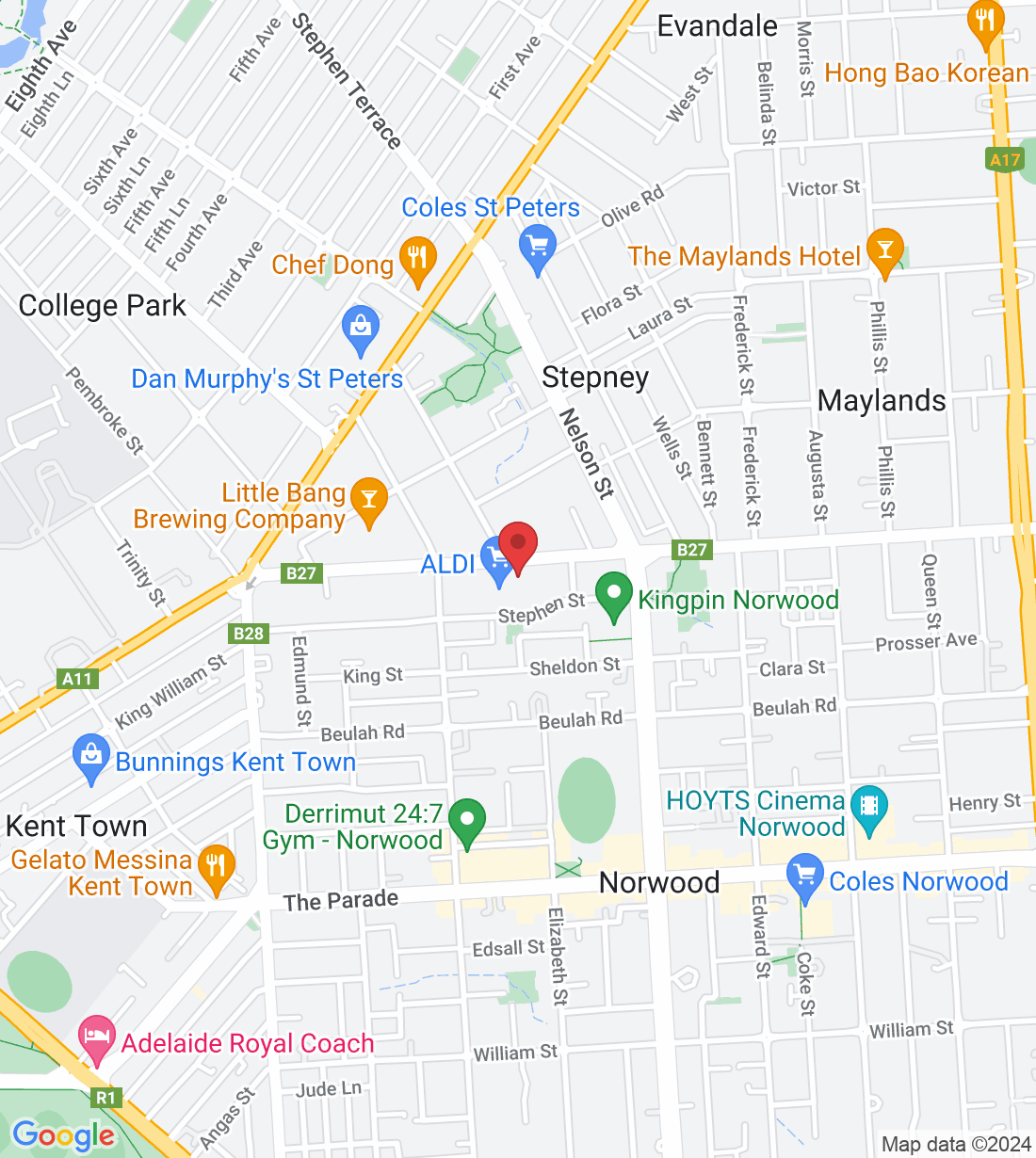
Balancing Act: Load Management and Periodisation for Recreational Runners
It's the start of a new year. In the clinic this week I have started to see our runners come in as they plan their goals for the year. A lot have been building up their running over the past year or two and feel this year will be their year for a marathon or half marathon. In many cases these awesome recreational athletes come in not because they have an injury, but rather than want to prevent injuries from occurring. They all say the same thing...
"what can I do to prevent myself from getting injured?"
It's a reasonable question. As many as 50% of all runners will have at least one injury every year. So if there is something that can be done, some exercise, fancy shoe, some magic pill that can prevent it, then they want it!
Having a physio assessment to test your key running muscles and joints can be a really helpful place to start. It makes sense that if you are not strong in a particular key area that over time you may develop an injury there. However, as much as it pains me to say it, the evidence doesn't support this. Whilst we usually find runners suffering hip pain are weak in their glutes, there are a number of runner who are weak in their glutes, who don't get an injury!
So what can a runner do to prevent injuries from occurring?
Load management, coupled with the principles of periodisation, offers a strategic approach that can revolutionise how runners optimise their training, achieve their goals AND prevent injuries!
Load management involves carefully monitoring and controlling training stressors, encompassing factors like intensity, volume, and frequency. It also ensures that you acknowledge and account for other stressors in your life such as work, a new baby, or having a cold. By recognising the toll these all play on your body and adjusting training sessions aFor recreational runners, striking the right balance is key to prevent overtraining and reduce the risk of injuries.
Periodisation is really just a fancy term for grouping distinct phases of training plan with time frames which are associated with how long it takes the physiological adaptations to occur. The training plan has an end goal such as an event.
Usually this includes;
Solid base level of running fitness. Build an aerobic foundation with longer, easy-paced runs and introduce hill training and some strength exercises. Develop over 2-3 months.
Build phase increases intensity Add intervals sessions and tempo runs to increase pace. Incorporate race-pace workouts and longer runs. Develop over 1-2 months.
Peak phase is where you even fits. It is important in the weeks up to a month before hand to taper by reducing volume while maintaining intensity. This will allow for full muscle recovery from all the hard work you have been doing. This requires 2-4 weeks - peaking at your event.
Transition phase Engage in cross-training for active recovery. Gradually reintroduce easy-paced running. Enjoy over 1-2 months.
Off-Season - this is critical and probably what recreational runners are the worst at! Take a break from structured training. This allows for a full physical and mental recovery. Reflect, set new goals, and prepare for the next upcoming Base Phase. Learn to enjoy this for 1-2 months at the end of every plan. Your body and mind will thank you.
Here are some key points;
Avoiding overtraining through periodisation
The principles of periodisation inherently incorporate periods of reduced load, such as the tapering phase before a race. Within each phase there is also a structured build and recovery phase. In general there is 3 weeks of building of intensity and/or duration following a lighter week - often similar intensity but just less duration and more rest days. This intentional reduction in training stress allows the body to recover, adapt, and reach peak performance without the detrimental effects of overtraining.
Be clear with training session goals
If your training plan says do a speed session on a Thursday, then just do that. Don't sneak an extra 5-10km easy run in there too. The result will be an increase in general fatigue as well as specific fatigue in key areas such as tendons. This makes them at much higher risk of injury.
Listen to your body
If you are feeling tired, you probably are. So skip that session and don't try and make it up later. this is your body's way of letting you know that your internal load is too high to work hard. Pushing at this time will likely result in you becoming sick or injured.
Prevent Burnout
Recreational runners often face the risk of burnout due to excessive training loads. Periodisation's transition phase and off-season provide crucial periods for active recovery, mental rejuvenation, and a break from structured training, preventing burnout and ensuring long-term commitment to the sport.
Customising Load Management to Individual Needs
Every runner is unique, and load management should be tailored to individual responses and goals. Periodisation allows for this customisation, enabling runners to adjust training loads based on their recovery capacity, life commitments, and personal objectives.
Don't forget about strength training
Whilst strengthening your gluteal muscles does not mean you won't get an injury, it will make for a more enjoyable run that is easier. Regular strength training particularly of the lower body remains an important addition to every runners weekly plan. Remember our Vital Core RunFit program that runs for 8 weeks through the school term. Call the clinic for more details or reply to this email.
Conclusion:
By understanding and implementing these principles, runners not only enhance performance but also safeguard their well-being on the journey to achieving their fitness aspirations. It's a delicate balance, but one that, when mastered, can lead to sustained progress, fewer injuries, and a lifelong love for running. So lace up those shoes, embrace the balance, and let the journey begin!
Ask a question of Vital Core Physiotherapy
Fill in the form to request a Call From Our Team
One of our team will call you for FREE and answer any questions or concerns you may have about your condition
© 2023 Vital Core Physiotherapy




